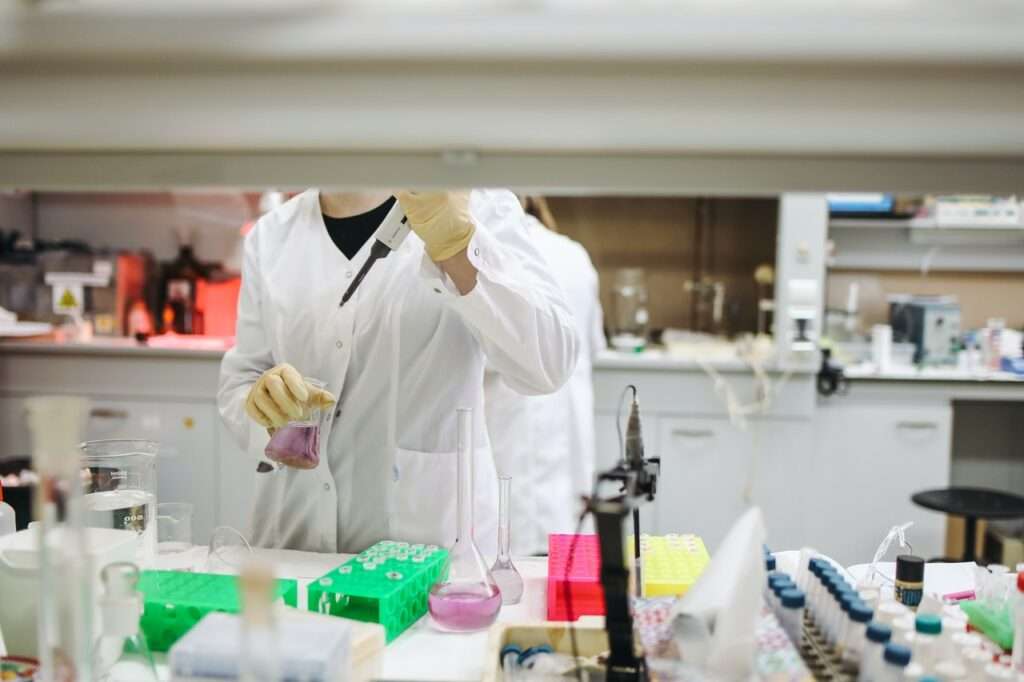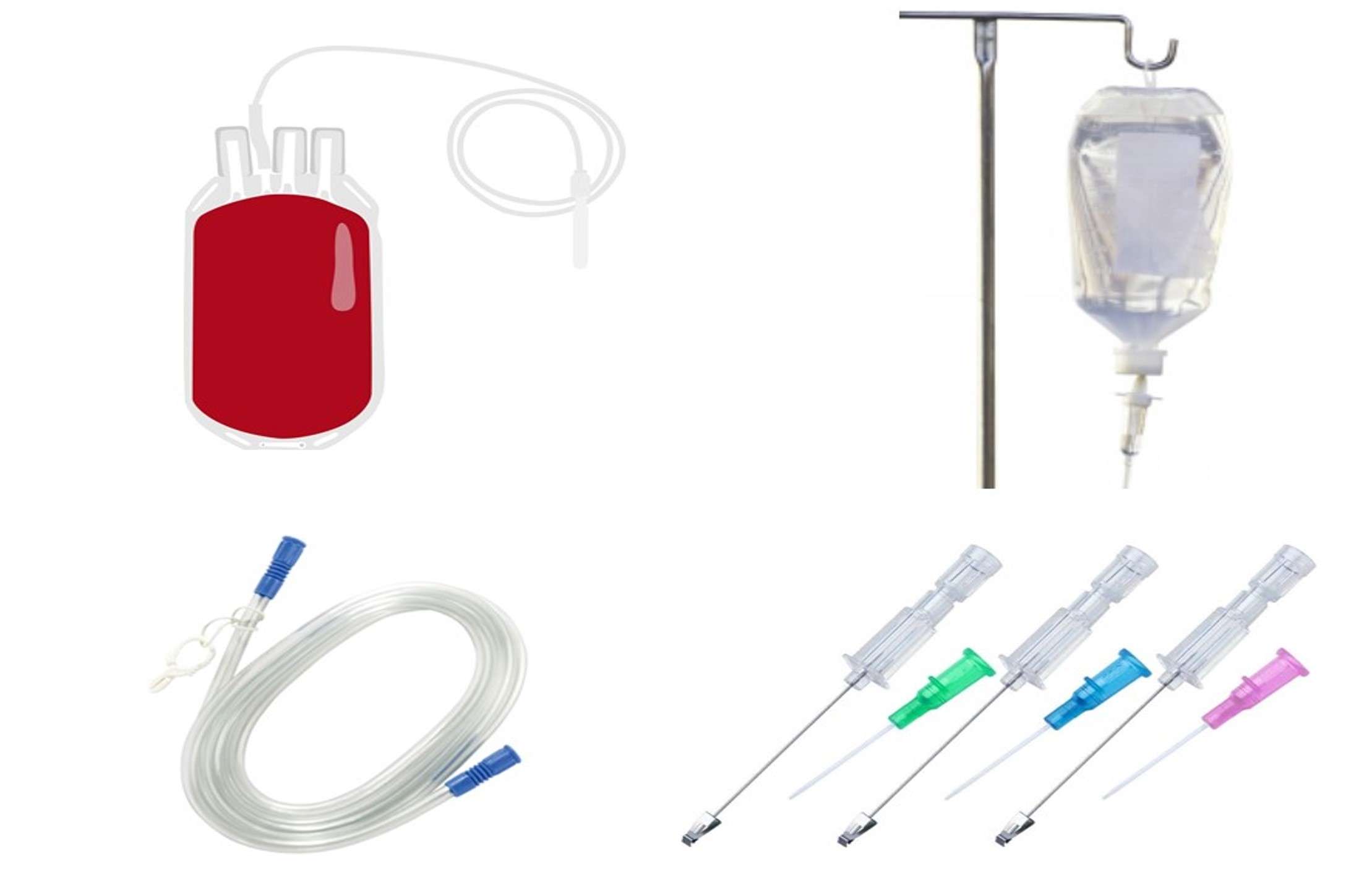
Generally, medical devices are made up of polymeric materials including polyvinyl chloride (PVC), polycarbonate, polyacrylate, polysulfone, and polyetherimide with few additives. For example, tubing, blood bags, dialyzers, intravenous devices, syringes, catheters, nebulizers, etc. The additives such as phthalate esters (PAEs) or bisphenol-A (BPA) are added to increase the flexibility of devices. These additives are chronically toxic and often leach out from the materials into the environment under certain conditions. Since our medical devices are not free from these chemicals. We need to know the safety levels of the medical devices used in medical practices. The top 5 startling facts about medical devices are as follows.
1. Toxicity of additives
PAEs are a group of industrial chemical that has the following chronic toxicity reported in the literature:
- Mutagenic and carcinogenic.
- Testicular effects and embryo lethality.
- Low human sperm production and motility due to high exposure to dibutyl phthalate.
- Abnormality in sexual differentiation.
- Disruption of endocrine hormonal balance in higher organisms
- Decreased rate of pregnancy and higher levels of miscarriage linked to occupational exposure to dibutyl phthalate.
BPA is acutely toxic to humans as it acts as an Endocrine Disruptive Chemical (EDC). BPA has high sensitivity with certain cell types like mammary, epithelial, and thyroid. In addition, it has the potential to cause various cancers including ovarian, colorectal, cervical, endometrial, and breast cancer. High exposure to BPA in children can lead to asthma development in later years. Human and animal in vitro studies have further demonstrated that BPA can alter thyroid functioning, promote insulin resistance, and trigger immune dysfunction at the cellular level. However, some toxicology studies have also reported conflicting results showing no effect. According to the European Food Safety Authority, the tolerable daily BPA intake is 4 micrograms/kg/BW/day. Higher than this limit is unsafe for us.
2. Variable concentration of additives
The concentrations reported in the medical devices are highly variable due to environmental factors, the age of the medical device, and the manufacturing company. Hence it is difficult to find and report the concentration of additives added to the medical devices. So you do not know how much concentration might be there in your medical equipment or devices used by you. On the other hand, the additives added to medical products have chronic toxicity at high concentrations. Most countries have their permissible limits for additives defined by regulatory agencies. However, many nations lack proper regulations and practices in this area. Therefore, it is recommended that the exposure duration and contact with medical devices be reduced.

3. Exposure duration
Exposure duration has a direct correlation with the risk associated with medical devices. Generally, medical devices are designed for sort contact use. However, if exposure durations are longer, the risk with clinical devices will be maximum. Devices used intravenously are riskier than other clinical devices. Intravenous exposure to PAEs can not be ignorable.
4. More effects at a younger stage
PAEs, as well as BPA, affect more at the development stage and are chronically toxic for humans. Therefore, the risk of medical devices is less with age. Many nations have defined the regulation and standard use of PAEs in children’s toys and childcare products. However, regulation in clinical devices is lacking since the exposure duration is much less than in toys and childcare products.
5. The risk from medical devices
The calculation of cumulative risk from medical devices is highly complex. However, the risk from medical devices is directly related to the type of medical devices used and the duration of exposure. In addition, cumulative exposure to such additives from other sources can also add to the risk. Age has an inverse correlation with the risk of medical devices. The following correlation can be used to compare the average risk from medical devices.
Risk ∞ Clinical Devise usage x Exposure Duration x Cumulative exposure from all devices / Age
Conclusion
Based on the top 5 startling facts about medical devices, it can be concluded that the exact risk calculation from medical devices is difficult. The calculation of the risk associated with medical devices involves multiple factors. If we don’t know the safety of devices it is better to avoid them as much as possible. The next step is to reduce the exposure durations and the final step is to look for PAEs or BPA-free medical devices.

